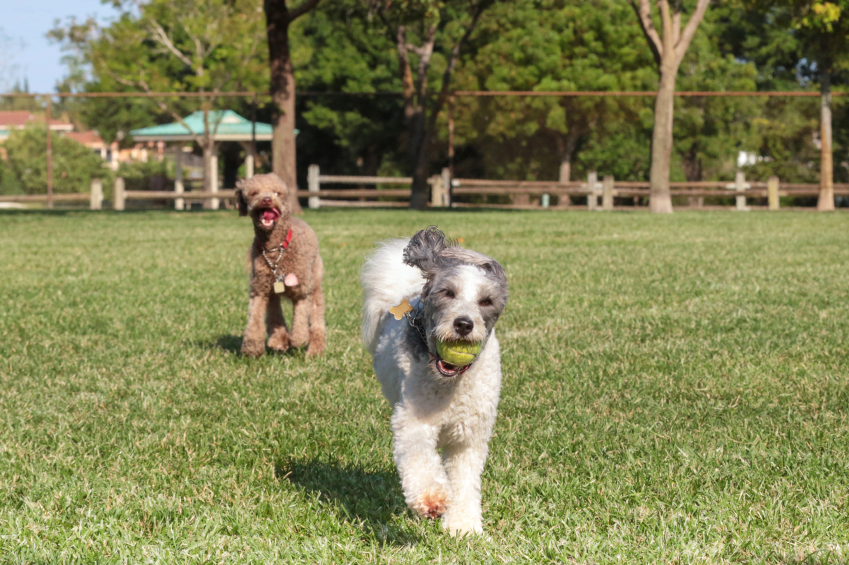Winter can be a very hard on us, and just as hard on our dogs. The snow can be so much fun to play in but also dangerous. Dogs love to bounce around chasing sticks or snow balls we have thrown for them and before you know it they yelp and come walking back with a limp or not using a hind leg at all.
We see a lot of this in the larger breed of dogs, but it is seen in small breeds also. Most often when this has happened and your pet has been checked over by a veterinarian they find that pet has torn their cruciate ligament in their knee.
The ligament is a band of connective or fibrous tissue that connects two bones, or cartilage, at a joint; the cranial cruciate ligament is the ligament that connects the thigh bone with the lower leg bone – it helps to stabilize the stifle joint. A cruciate rupture may be partial or complete.
Symptoms and Types
The severity of this condition is related to the degree of rupture: whether it is a partial rupture, or a complete rupture. The manner of rupture is also indicative of the severity, based on whether it presented suddenly, or has been a long-term (chronic) degenerative condition. Degeneration is the decline or loss of function or structure. Sudden (acute) front ligament (cranial cruciate) rupture results in non-weight bearing lameness, and fluid build-up in the joint (known as joint effusion). The dog will hold the affected leg in a partial bent position (flexion) while standing. A subtle to marked intermittent lameness, that may last from weeks to months, is consistent with partial tears in the cruciate; tears that are degenerating and progressing to complete rupture. Normal activity resulting in sudden (acute) lameness would suggest degenerative rupture.
Diagnosis
Your veterinarian will have several diagnostic procedures to follow when looking for the source of the injury. A diagnostic evaluation for cranial cruciate rupture will include a cranial drawer test, which involves specific manipulation to assess the status of the cranial cruciate ligament and we will also sedate your pet and do radiographs to look at bone and joint areas. Your veterinarian will give you detailed results of their findings and discuss with you the best way of making your dog feel more comfortable as soon as possible. Surgery can be an option for your dog. Again your veterinarian will help you make the best decision for your dog.
Play safe!
by Christine Attridge-Hardy, Clappison Manager




